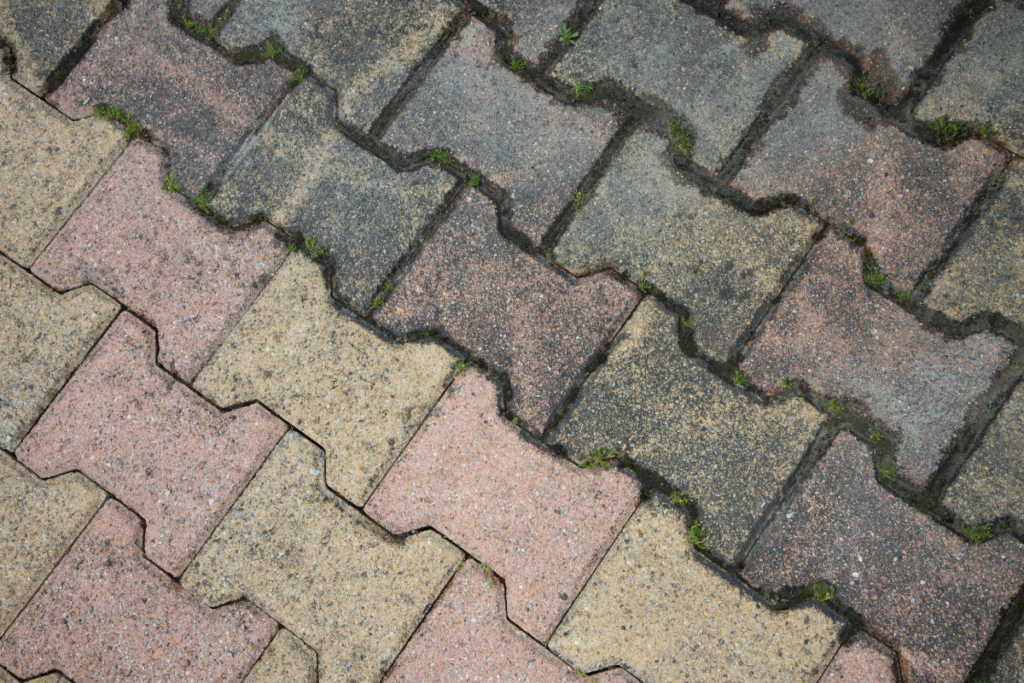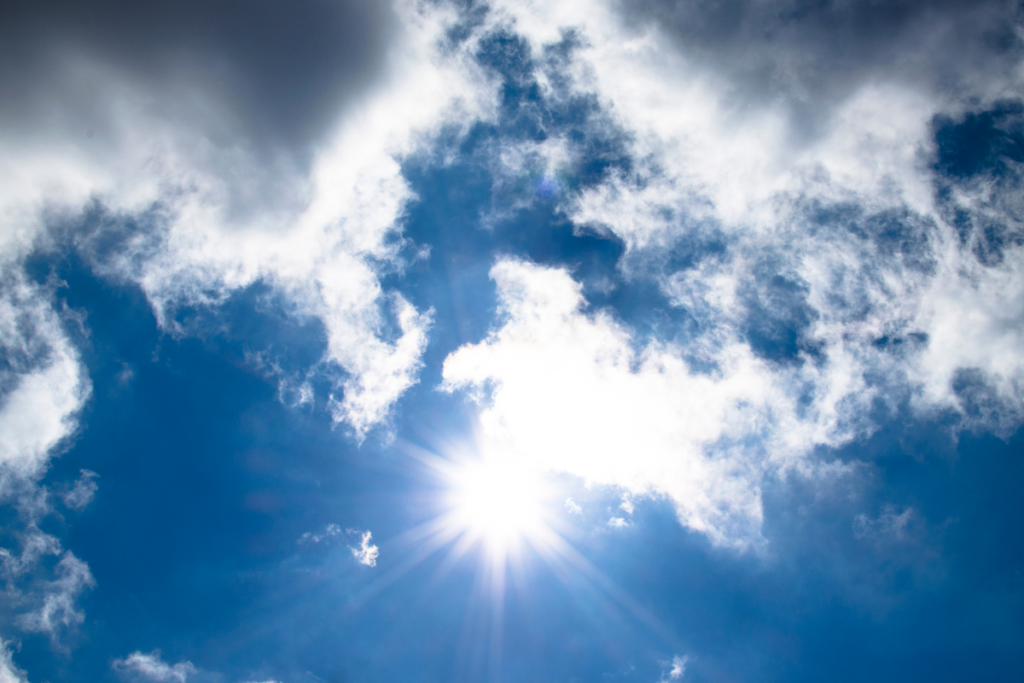Homeowners in Australia often debate between DIY pressure washing and hiring a professional. DIY pressure washing can cost between a few hundred dollars and $100 for a weekend rental. Yet, it carries risks of damaging surfaces.
Professional pressure washing services use commercial-grade equipment and strong solutions. They can remove algae, mildew, and dirt efficiently. The cost varies from $0.10 to $0.50 per square foot, depending on the job’s complexity. This option might be more valuable in the long run due to the quality and expertise.
Choosing between professional and DIY pressure washing is crucial. The average cost of professional services is $0.15 to $0.30 per square foot. It’s important to consider the costs and benefits of each option carefully.
Key Takeaways
- DIY pressure washing can be cost-effective but comes with risks and potential damage to surfaces.
- Professional pressure washing services provide a more efficient and effective cleaning experience.
- The cost of professional services ranges from $0.10 to $0.50 per square foot, depending on the complexity of the job.
- Homeowners should consider the importance of professional vs DIY pressure washing when deciding on the best approach.
- The average cost of hiring a professional pressure washing service ranges from $0.15 to $0.30 per square foot.
- Professional pressure washing services can save homeowners significant time and provide a more worthwhile investment in the long run.
- The use of a pressure washer and the potential risks and benefits of DIY pressure washing should be carefully considered.
Understanding Pressure Washing Basics
Pressure washing uses high-pressure water to clean surfaces. It’s key for keeping homes looking good, especially in Australia’s tough climate. Knowing how it works and its uses is important.
A standard pressure washer can push water up to 2,500 PSI. Professional models can go up to 4,000 PSI. This strong pressure makes it great for cleaning.
People in Australia use it to clean driveways, sidewalks, and house exteriors. There are electric and gas-powered washers, each with its own benefits and drawbacks.
What is Pressure Washing?
Pressure washing blasts away dirt and grime with high-pressure water. It’s a great way to keep your home’s outside looking good. It works well on concrete, brick, and wood.
Common Applications in Australian Homes
In Australian homes, it’s used for driveways, sidewalks, and house exteriors. It also cleans outdoor furniture, BBQs, and more.
Different Types of Pressure Washing Equipment
There are electric and gas-powered washers available. Electric ones are quieter and better for the environment. Gas-powered ones are stronger for tough jobs.
 The Real Cost of DIY Pressure Washing
The Real Cost of DIY Pressure Washing
Thinking about DIY pressure washing? You need to add up the cost of renting or buying equipment, hidden expenses, and the time it takes. The cost can surprise you, especially with rental fees starting at $90 a day. On the other hand, getting a pro to do it might cost between $300 and $500, depending on the job size.
There are more costs to think about, like buying equipment, upkeep, and repairs. Renting top-notch pressure washers can cost over $100 a day. Big cleaning jobs often take days, which means higher rental costs. Plus, DIY can damage your property, adding to your expenses.
Before deciding, weigh the pros and cons of DIY versus hiring a pro. Important things to consider include:
- Time investment: DIY can take a whole day or more, based on the job size and your experience.
- Equipment quality: Pros use high-pressure washers up to 8,000 PSI, better for big jobs.
- Hidden costs: DIY might have extra costs like cleaning solutions, safety gear, and fixing damaged equipment.
- Pressure washer rental: Renting can save money, but remember to factor in rental fees, transport, and fuel costs.
Choosing DIY or a pro depends on your priorities, budget, and skills. Think about the total cost, including buying or renting equipment, and the time it takes. This way, you can make a choice that fits your needs.
Professional vs DIY Pressure Washing: A Detailed Comparison
In Australia, homeowners face a choice between professional pressure washing and DIY. DIY can save up to 50% but poses risks like property damage and accidents.
Professional services, however, bring expertise, efficiency, and safety. They cost between $0.15 and $0.75 per square foot. A job can take 1 to 3 hours. DIY efforts, especially for beginners, can take much longer.
Some key differences between professional and DIY pressure washing include:
- Equipment quality: Professionals use high PSI rated machines that last up to 10 years. DIY models may only last 2 to 5 years.
- Insurance coverage: Professionals have insurance covering damages. DIY efforts may leave you with repair costs.
- Environmental impact: About 60% of pros use eco-friendly solutions. Only 30% of DIY users choose green products.
The choice between professional and DIY pressure washing depends on your needs and priorities. DIY might save money, but professionals offer expertise, efficiency, and safety.
Safety Considerations and Risk Assessment
When it comes to pressure washing, safety is key. It’s important to prevent accidents and ensure a smooth cleaning process. Mishandling pressure washing can lead to serious injuries and high repair costs.
Wearing protective gear, like gloves, safety glasses, and a mask, is crucial. This helps minimize the risk of injury.
Property damage risks are also a big concern. Using a pressure washer at 3000 PSI can damage wooden decks, vinyl sidings, and windows if not used correctly. Professionals are trained to handle different surfaces safely, reducing damage risks.
Insurance and liability issues are also important. Professional pressure washing services are often insured. This can help cover costs if damage occurs during cleaning.
To ensure a safe and effective pressure washing experience, take the necessary precautions. Consider the following:
- Wear personal safety equipment, including gloves, safety glasses, and a mask
- Use the correct pressure setting for the surface being cleaned
- Avoid using pressure washers near electrical outlets or sensitive equipment
- Keep children and pets away from the cleaning area
By following these guidelines, homeowners can ensure a safe and effective cleaning experience.
Conclusion
Choosing between professional pressure washing and DIY can be tricky. DIY might seem cheaper at first, but think about the pros and cons. Professional services have a 95% customer satisfaction rate because they know what they’re doing.
DIY pressure washing can lead to accidents, with about 30% of people facing problems because they don’t know how to do it right. Professionals use much more powerful equipment than what you can rent. This means they can clean faster and better.
Pressure washing can be dangerous if not done right. Using high-pressure water jets without knowing how can cause serious injuries. But professionals are trained to work safely on different surfaces. This reduces the risk of damage and harm to people.
In the end, whether to go for DIY or professional pressure washing depends on what you need, your budget, and what’s most important to you. By considering all the points, homeowners in Australia can choose wisely.
For more help and additional information don’t hesitate to contact us!
FAQ
What is pressure washing and what are its common applications in Australian homes?
Pressure washing, or power washing, uses high-pressure water to clean surfaces. The force of the water removes dirt, grime, and stains from the exterior of your home, driveways, patios, decks, and fences. Many homeowners choose a professional pressure washer to ensure the right pressure is used without causing damage.
What are the different types of pressure washing equipment?
There are many types of pressure washing equipment, including gas-powered, electric, and portable washers. Power washing companies often use professional equipment that heats the water for better cleaning results. The right pressure washing system depends on the surface and cleaning agents required to complete the job effectively.
What are the key considerations when estimating the real cost of DIY pressure washing?
When considering a DIY pressure washing project, factor in the upfront cost of renting a pressure washer or buying one. Additional costs include cleaning agents, water usage, and potential repairs if water pressure can damage surfaces. Many DIY enthusiasts overlook the cost savings of hiring professionals, as improper pressure washing might seem affordable but can lead to expensive repairs.
What are the pros and cons of DIY pressure washing versus hiring a professional pressure cleaning service?
DIY pressure washing projects can save money and offer a sense of accomplishment. However, the DIY route requires knowledge of the right equipment, pounds per square inch (PSI) settings, and best techniques. The DIY approach also carries risks, as using too much pressure or the wrong nozzle can cause damage.
Hiring a professional power washing company ensures professional cleaning with lower pressure where needed and expertise in handling different surfaces. A professional power washing company knows how to use the right pressure to prevent damage while achieving optimal cleaning results. When choosing between DIY or hire, it’s essential to make an informed decision based on cost, time, and potential risks.
What are the key safety considerations and risks associated with pressure washing?
Safety is crucial in any pressure washing job. Wearing protective gear like eye protection and sturdy shoes is essential. The amount of pressure used should be carefully controlled, as improper use of pressure washing can take off paint or damage surfaces.
Hiring a pressure washing company reduces safety risks and ensures the washing is done correctly. A professional cleaning company has years of experience, the right equipment, and the expertise to handle the job safely. Whether for a home or business, hiring professionals ensures an effective cleaning process without unnecessary risks.




